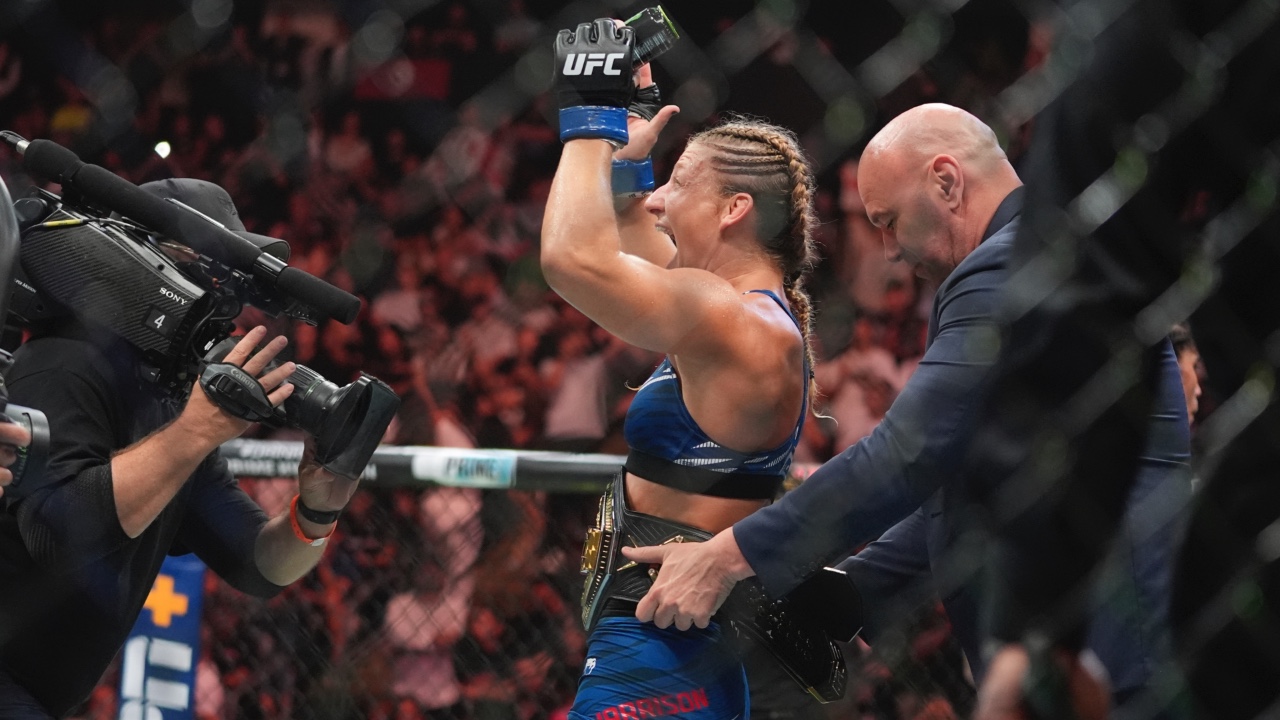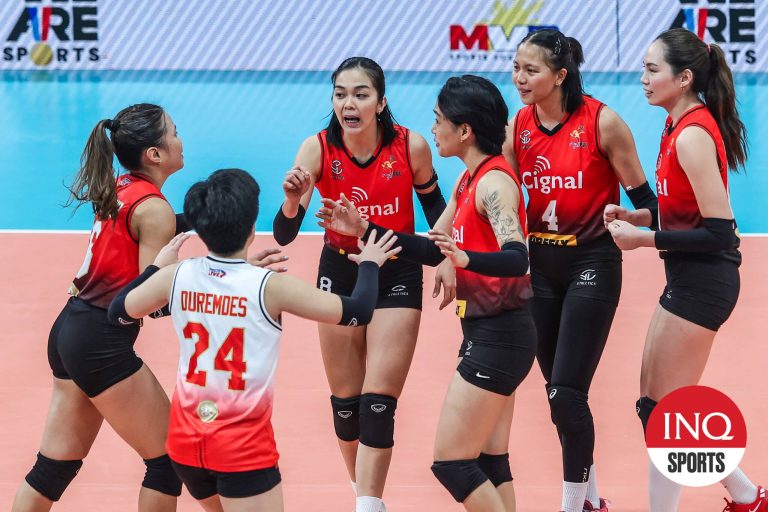The new rules place a heavy emphasis on damage — one of “the three D’s” critical to scoring. Per the new guidelines, damage “is the most highly valued component in judging a round because it is not an action but rather a direct result of effective fighting.”
Damage is the main criterion for scoring, with effective fighting techniques (striking and grappling) that result in damage. By rule, damage is defined as “legal fighting techniques, the results of which lessen an opponent’s capacity and/or will to compete.”
Damage includes:
– Knockdowns
– Heavy and/or concussive legal strikes to vital targets
– Legal strikes that force the opponent to retreat/readjust or default to defence exclusively
– Striking and or grappling that lead to visual injury
– Grappling or submission attempts that hyperextend joints or cause rotational damage
– Chokes that cause visible distress
Damage, or lack thereof, has been a talking point under previous rules and fighters and fans struggled to grasp the way judges scored fights. Now mentioned 17 times in the rules, as opposed to once in the previous guidelines set in 2016, damage is essential to winning a round, and a necessity in order for a round to be scored 10-8 or 10-7.
The other two “D’s” — dominance and duration — now both include damage by definition.
Dominance, defined as “supremacy of positioning, action, and/or volume by one fighter over a sustained period of time,” is now categorized as successful tactics intended to result in damage.
Meanwhile, Duration measures the time or percentage of the round spent by one fighter successfully establishing dominance and/or damage.
Another significant rule change comes when a judge can’t determine a winner based on damage through effective fighting techniques. Previously, a judge would rule on aggressiveness and fighting area control in a tiered manner.
Aggressiveness refers to the constant offensive effort, while fighting area control refers to dictating the pace, place and position of the contested fight.
Under the new guidelines, aggressiveness and fighting area control will be based on “whichever impacted the round in a more significant manner.”






